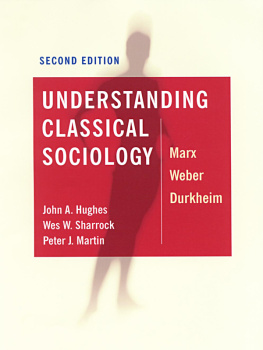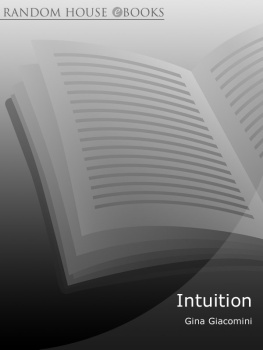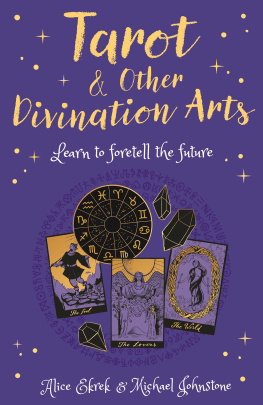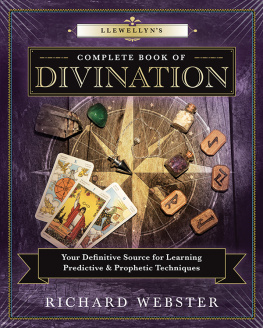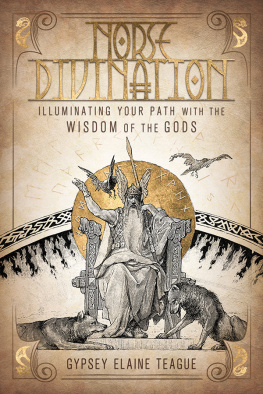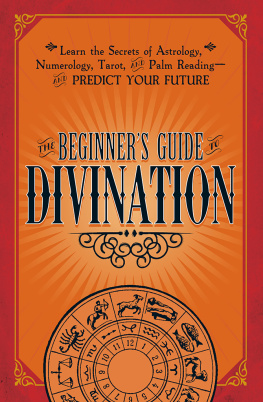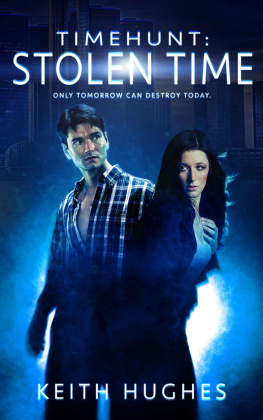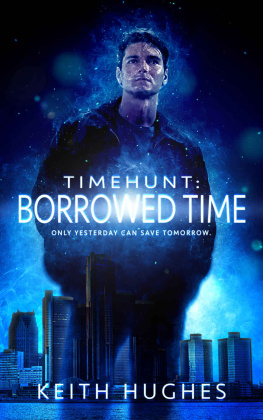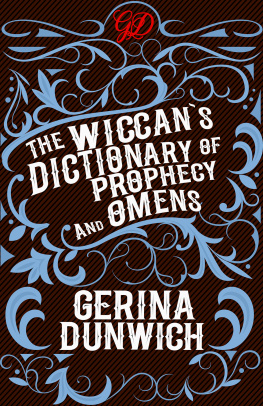Jon G. Hughes - The Druidic Art of Divination: Understanding the Past and Seeing into the Future
Here you can read online Jon G. Hughes - The Druidic Art of Divination: Understanding the Past and Seeing into the Future full text of the book (entire story) in english for free. Download pdf and epub, get meaning, cover and reviews about this ebook. year: 2020, publisher: Inner Traditions/Bear & Company, genre: Religion. Description of the work, (preface) as well as reviews are available. Best literature library LitArk.com created for fans of good reading and offers a wide selection of genres:
Romance novel
Science fiction
Adventure
Detective
Science
History
Home and family
Prose
Art
Politics
Computer
Non-fiction
Religion
Business
Children
Humor
Choose a favorite category and find really read worthwhile books. Enjoy immersion in the world of imagination, feel the emotions of the characters or learn something new for yourself, make an fascinating discovery.

- Book:The Druidic Art of Divination: Understanding the Past and Seeing into the Future
- Author:
- Publisher:Inner Traditions/Bear & Company
- Genre:
- Year:2020
- Rating:4 / 5
- Favourites:Add to favourites
- Your mark:
- 80
- 1
- 2
- 3
- 4
- 5
The Druidic Art of Divination: Understanding the Past and Seeing into the Future: summary, description and annotation
We offer to read an annotation, description, summary or preface (depends on what the author of the book "The Druidic Art of Divination: Understanding the Past and Seeing into the Future" wrote himself). If you haven't found the necessary information about the book — write in the comments, we will try to find it.
Jon G. Hughes: author's other books
Who wrote The Druidic Art of Divination: Understanding the Past and Seeing into the Future? Find out the surname, the name of the author of the book and a list of all author's works by series.
The Druidic Art of Divination: Understanding the Past and Seeing into the Future — read online for free the complete book (whole text) full work
Below is the text of the book, divided by pages. System saving the place of the last page read, allows you to conveniently read the book "The Druidic Art of Divination: Understanding the Past and Seeing into the Future" online for free, without having to search again every time where you left off. Put a bookmark, and you can go to the page where you finished reading at any time.
Font size:
Interval:
Bookmark:
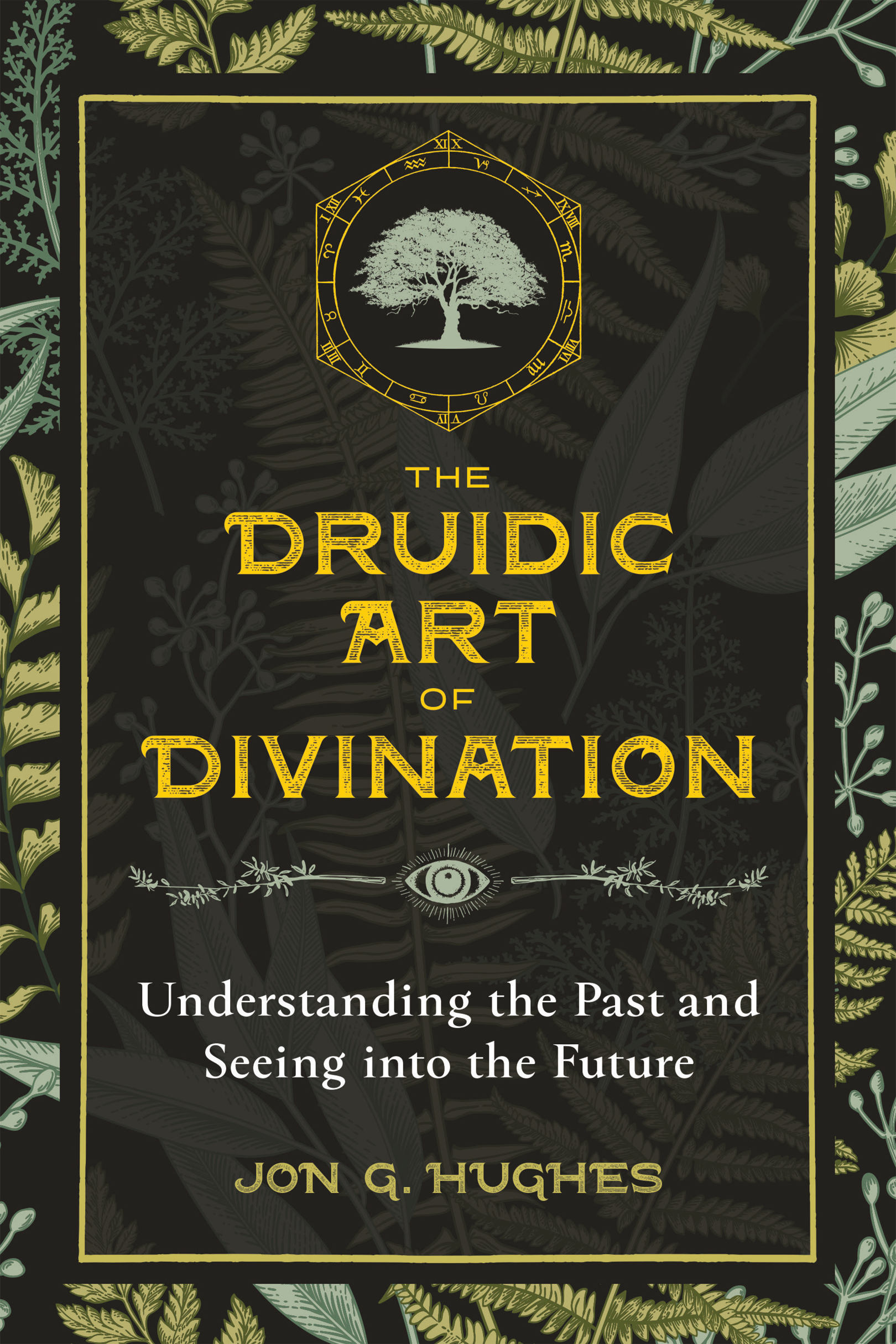

To my loving and hugely supportive wife, Yve, without whom I could not have written this book.
I would also like to thank my colleagues in Wales, who have expressed their preference for remaining anonymous, but whose help and advice has proved invaluable.
Finally, my love and affection to
Sophie and Ben
Oliver, Cornelius, and Tabitha
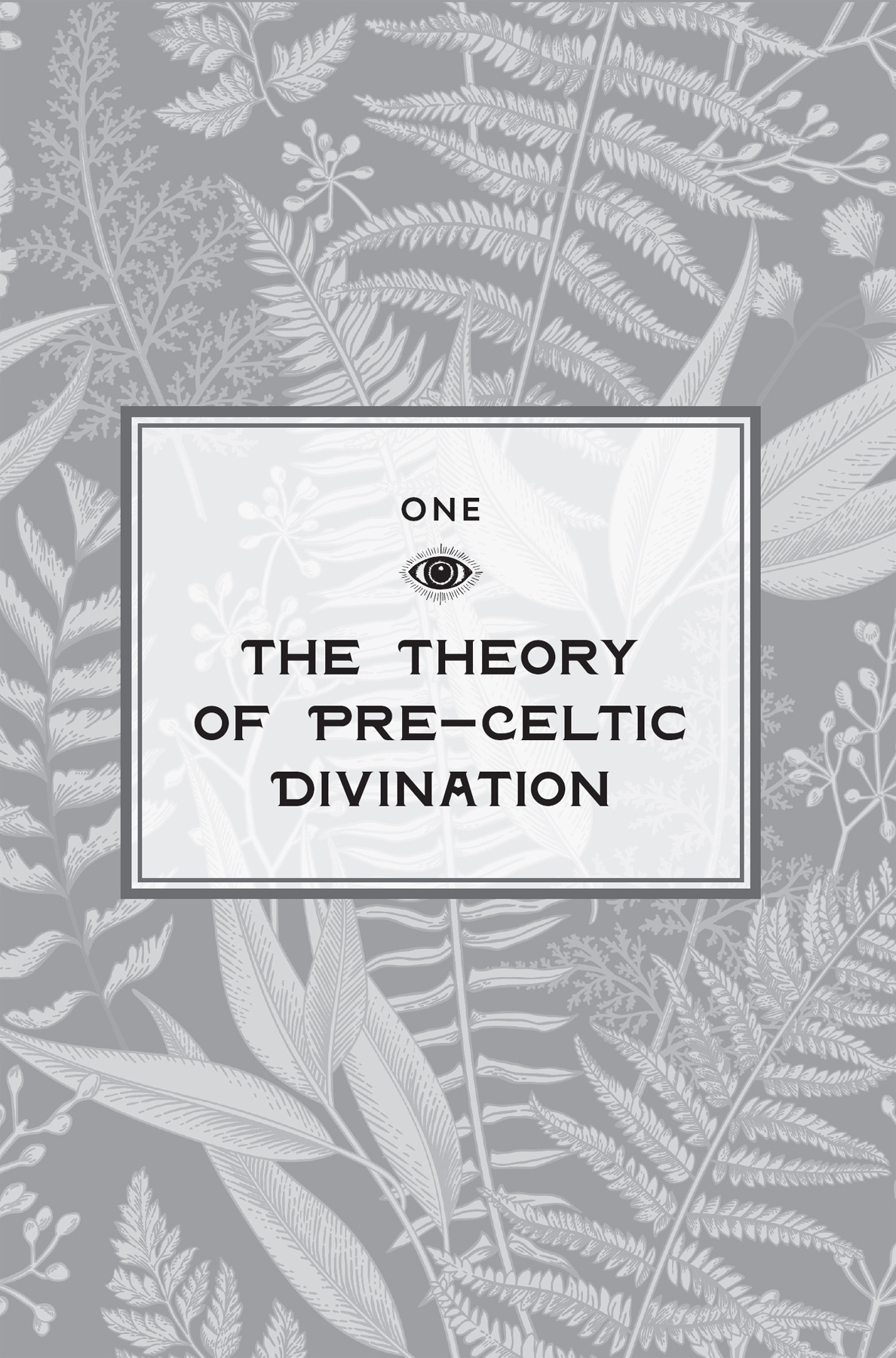
INTRODUCTION

Keepers of the Knowledge
E ver since the dawn of human history, mankind has had a fascination with divination. It has played a part in the making and ruin of chieftains and kings, and at the same time it has offered comfort and guidance to lowly people in their everyday toil and struggle for existence.
In the world of the Celtic Pagans of Wales, Ireland, Scotland, and northern Francethe four main areas of Celtic dominationthe science and art of divination lay within the trusted hands of the Druids, one of the three learned classes of Celtic society, and for thousands of years before the arrival of the Celtic culture, chieftains and tribal kings sought the advice of Druids to help determine their destiny.
But in addition to these lofty Druids who served the royal courts, there were more commonplace Druidsthose who lived and worked within the tribal communities. Their tasks were much humbler, but no less important. They served the peasant communities who sought their advice on everyday matters, matters that though humdrum and mundane may well have meant life or death to individuals, families, or even entire communities.
It would be a mistake to think of these ancient societies as being well organized and structured, or as a cohesive nation in the same way as we think of todays highly structured nations, with governments and organized social structures.
Beginning as a hunter-gatherer culture, the first evidence we can see of any form of social cohesion would have been small family groups working together as hunters. As they progressed to an agrarian society, these family groups developed into tribes who farmed crops and tended small herds as an interdependent group. Even though these tribes may have been larger in number than the earlier extended family groups, they were by no means a coherent nation, but rather isolated groups of people with little contact or communication between each other. Most tribes would have a chieftain at their head; some would even be referred to as a king, and in a very few cases, a number of tribes would come together under a high king, or King of Kings. These alliances were usually a defensive strategy at a time when strength in numbers was a very important tactic in defending homes, crops, and cattle from aggressive neighboring tribes, or in launching attacks to gain territory and assets.
Living so close to nature and totally dependent on her gifts, the people of these tribal communities were desperate for advice on when to sow crops, when to begin their harvest, when to store their grain, when their cattle were due to give birth, and a myriad of other concerns about the simple matters that governed their daily lives. The predictions of their tribal Druid gave them hope and guidance. When things went wrong and nature dealt them an unexpected blow, it was their Druid who was expected to tell them what had happened, how they had offended nature, and what they needed to do to put things right or prevent such things from happening again. History tells us that it was the role of the tribal Druid to instruct the tribe as to when their festivals were due and predict auspicious dates for marriages, births, battles, and other major events.
Accounts vary as to the methods used by these ancient Druids, but one thing is common to all the historical accounts: the tribal Druid, through whatever means, was expected to provide crucial information of past events, interpret the present, and foretell the future, in order that the recipients of this information could use it in some form of decision-making process. This process could involve the destiny of a nation or simply the best time to gather hazelnuts; the skill of the Druid-seer was expected to provide direction to chieftains and peasants alike.
Today, divination, in its various forms, plays a very different role in our society. Astrology, tarot, and crystal gazing have taken over from the older Pagan methods, and few people understand or follow the arcane rites that served the pre-Celtic Pagans so well and for so long.
Having been a practicing Druid in the pre-Celtic Pagan tradition for some forty years now, I have had many, many occasions to call upon the Druidic divination techniques that I was taught as a young man in the 1960s. Divination was, and still is, an essential element of Druidic practice, one that requires a good degree of training and insight. More importantly, it requires a large amount of conviction and practice so that the practitioner may transcend the mundane and explore the hidden world of the Druidic cosmos.
The Druidic mantic arts are many; some of the more ancient practices, primarily the socially unacceptable ones, have been abandoned, but a collection of very specific techniques remain and continue to be passed on through the restricted oral tradition of the Druids. This book explores the techniques that have survived and explains the cosmos of the pre-Celtic Pagans within which they functioned.
Much of what you will find as you read through the following chapters is seen here in print for the first time and has been taken from the oral tradition that defines the belief system that has governed my life since I was a child.
Some of what you will read will contradict the popular mythical accounts of pre-Roman society in what may now be considered as the Celtic homelands. Similarly, some will challenge many of the assertions made by various neo-Druidic individuals and groups who have formulated their own interpretation of the ancient belief systems, based on a combination of Romano-Christian influenced accounts, romanticized fiction, and the elevation of mythical characters to Celtic deities.
I was brought up in a Pagan household and taught in the Welsh tradition of pre-Celtic Paganism. Purely by chance of birth, I belong to a family lineage of Druids going back at least five generations, and I understand from my parents and grandparents that I have been taught an unbroken and uninterrupted tradition that extends far back into the history of my homeland. I point this out not in an attempt to ascribe to my writing any special credibility, but to demonstrate that the Druidic tradition is still maintained, though not very visibly, in many of the Celtic nations and that it plays a part in everyday life within the communities of simple, unassuming Celtic folk.
The tradition that I write about is the tradition maintained in the tribal area of Wales in which I was born and grew up. Forty years of practicing and teaching this tradition has taught me, among many other things, that the tradition I know so well is not the only Druidic tradition, nor do I suggest that it is better or holds sovereignty over any other Druidic tradition. It is merely the one that I know and follow. My experience has also taught me that most of the Celtic Druidic traditions have a great deal more in common than they have differences, particularly if you compare the rural community traditions, as opposed to the neo-Druidic national and global orders. While it is true that the history of the many interconnected pre-Celtic and Celtic tribes throughout northern Europe spawned a diverse collection of folklore and mythical legends, it is also true to say that much of the core of the spiritual belief systems of these tribes show a great deal in common, as does the history of their ritual and divination methods.
Font size:
Interval:
Bookmark:
Similar books «The Druidic Art of Divination: Understanding the Past and Seeing into the Future»
Look at similar books to The Druidic Art of Divination: Understanding the Past and Seeing into the Future. We have selected literature similar in name and meaning in the hope of providing readers with more options to find new, interesting, not yet read works.
Discussion, reviews of the book The Druidic Art of Divination: Understanding the Past and Seeing into the Future and just readers' own opinions. Leave your comments, write what you think about the work, its meaning or the main characters. Specify what exactly you liked and what you didn't like, and why you think so.

